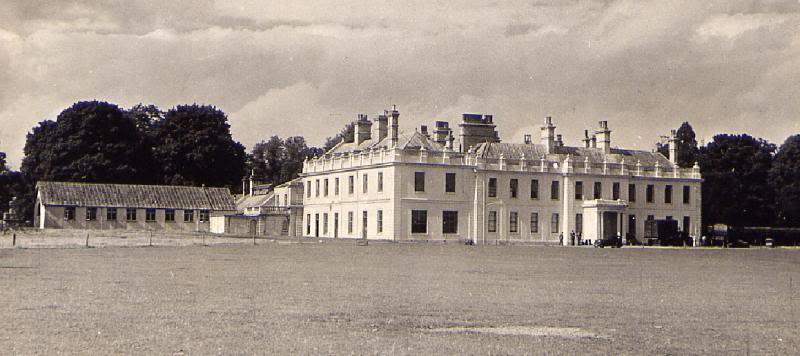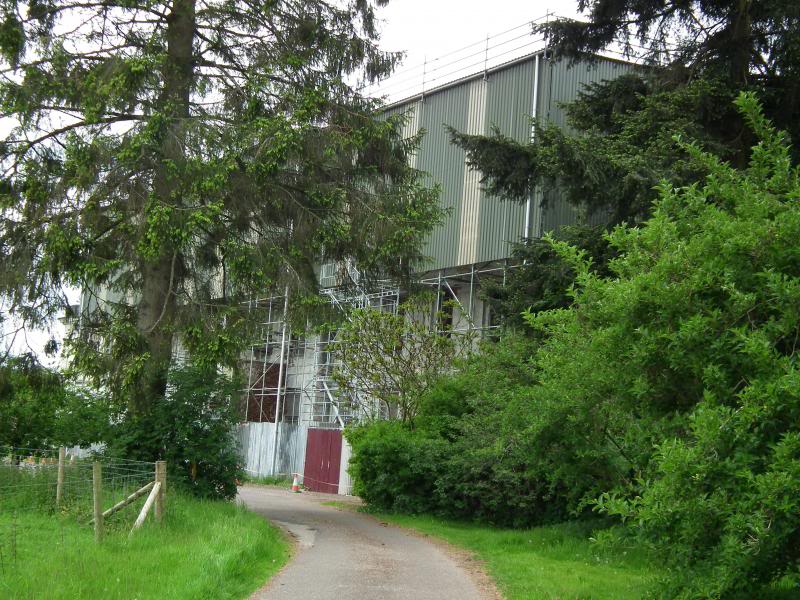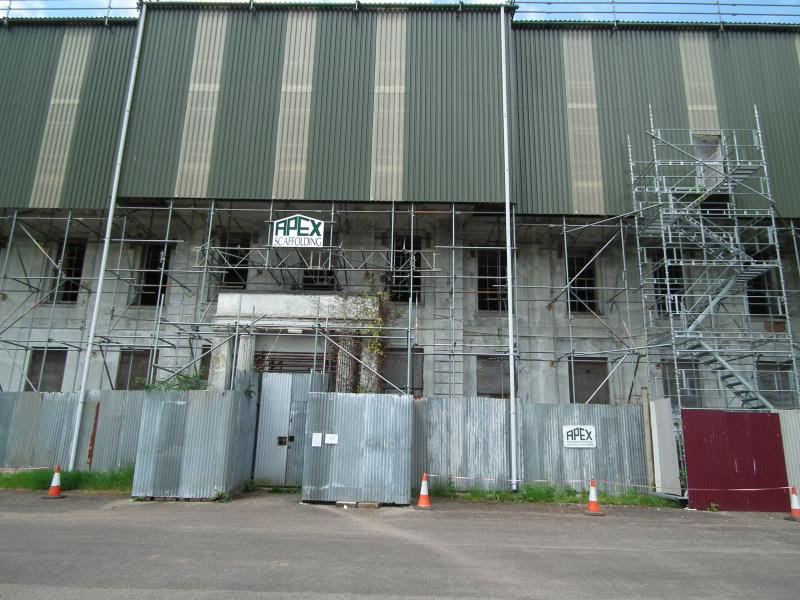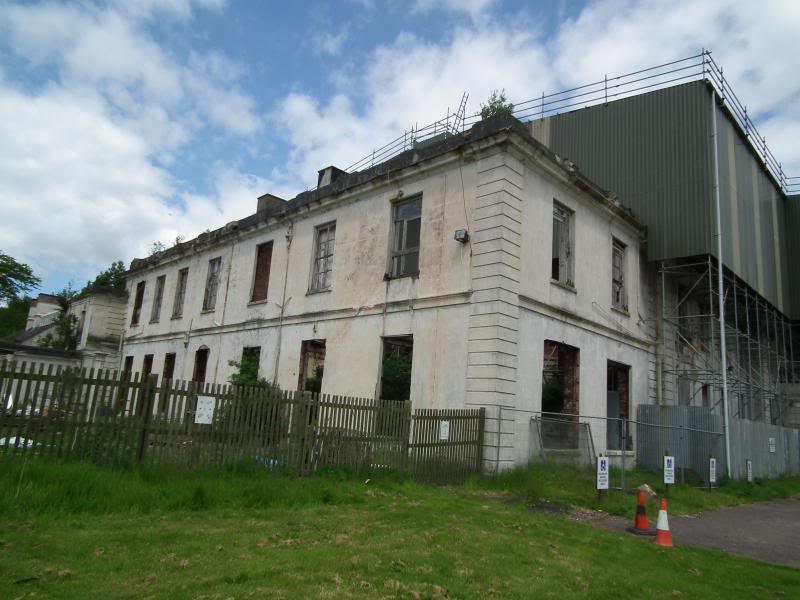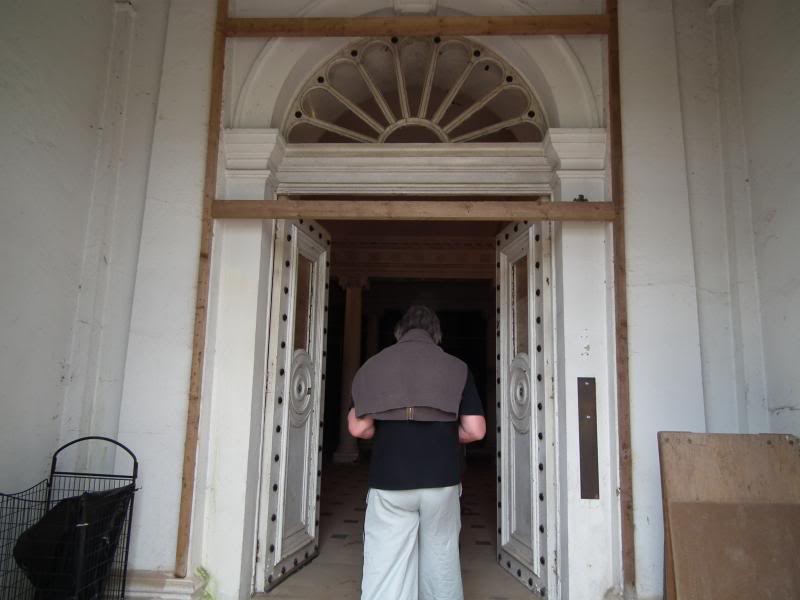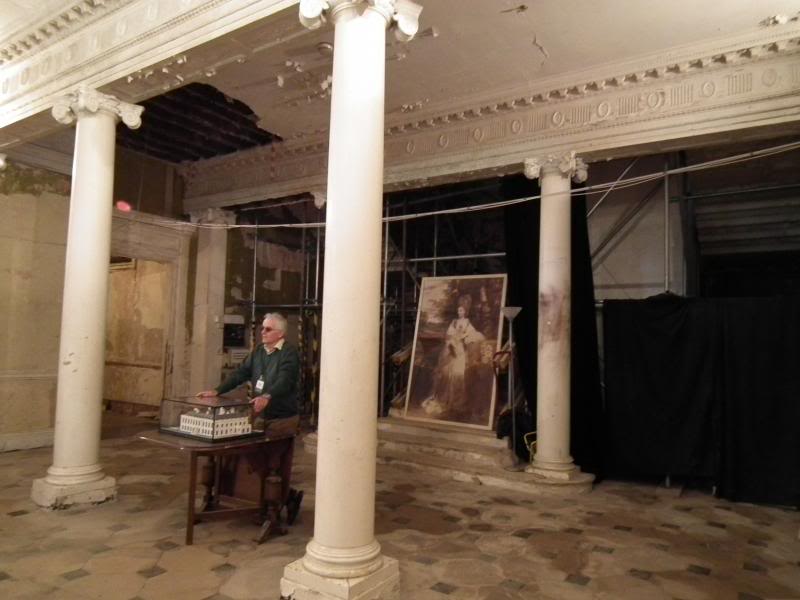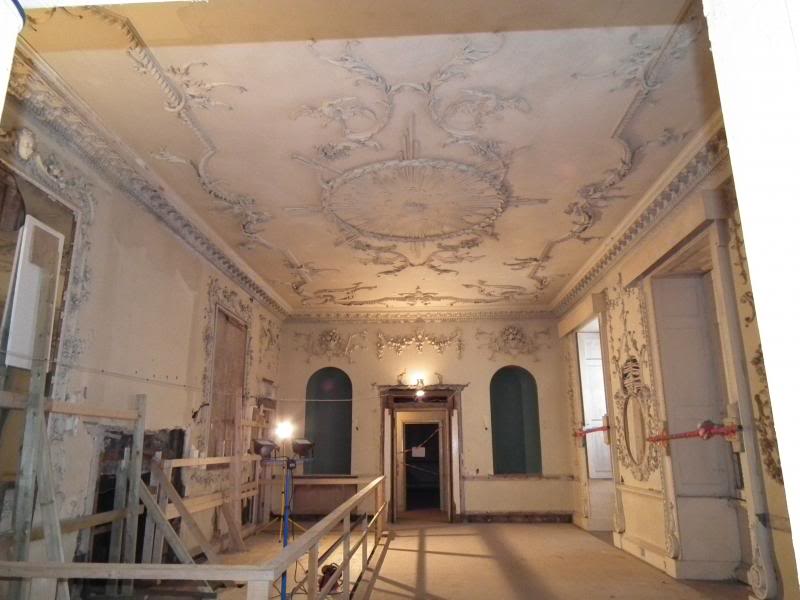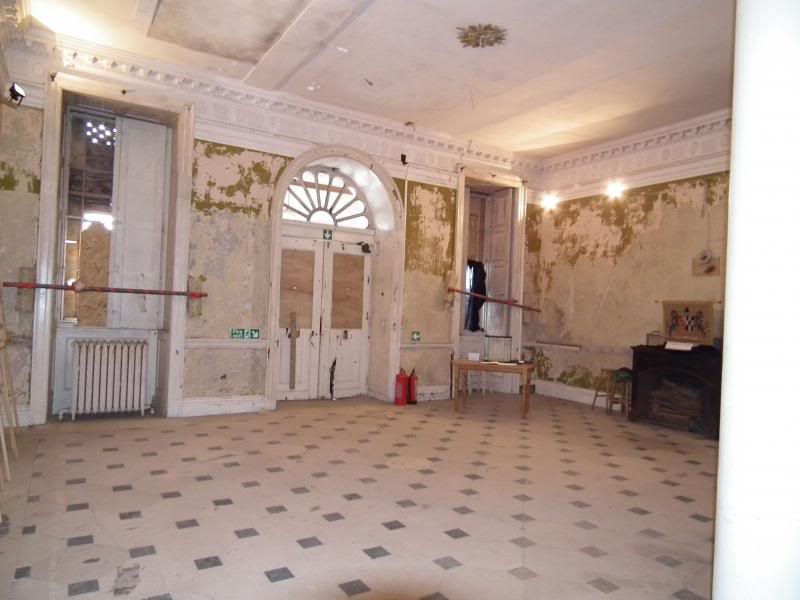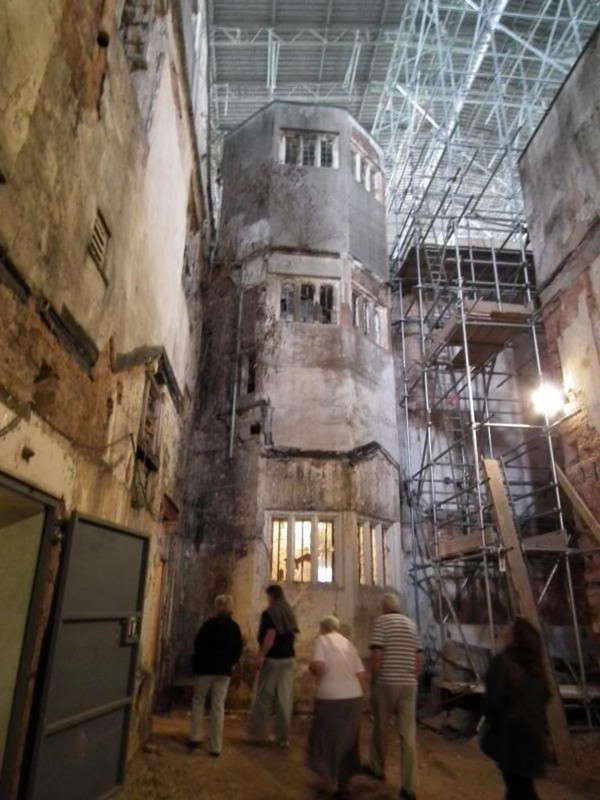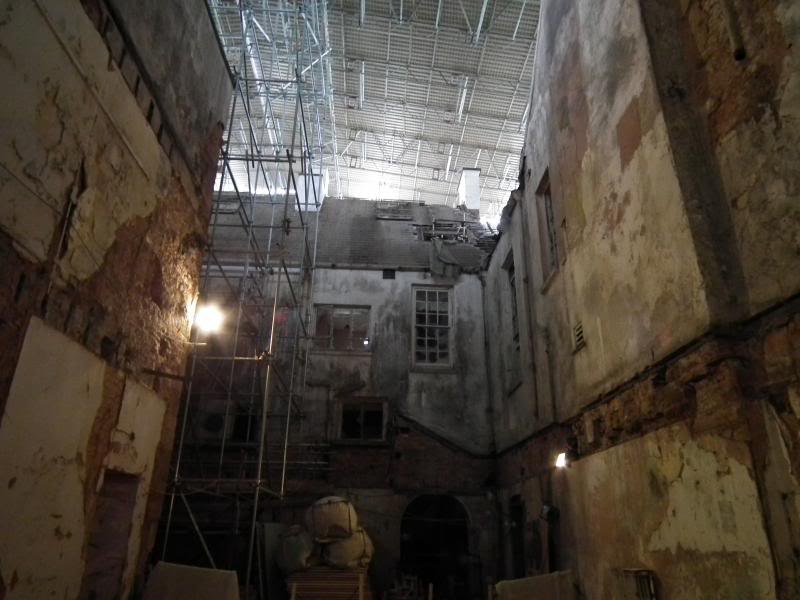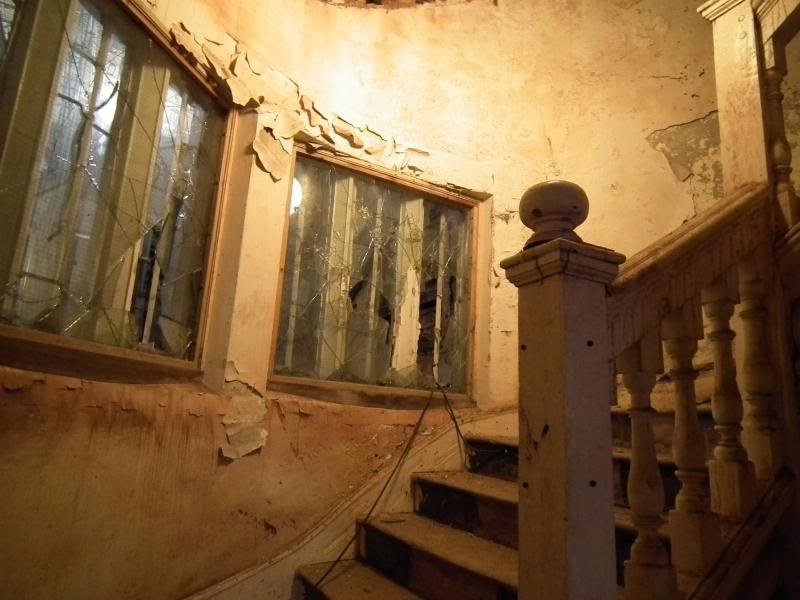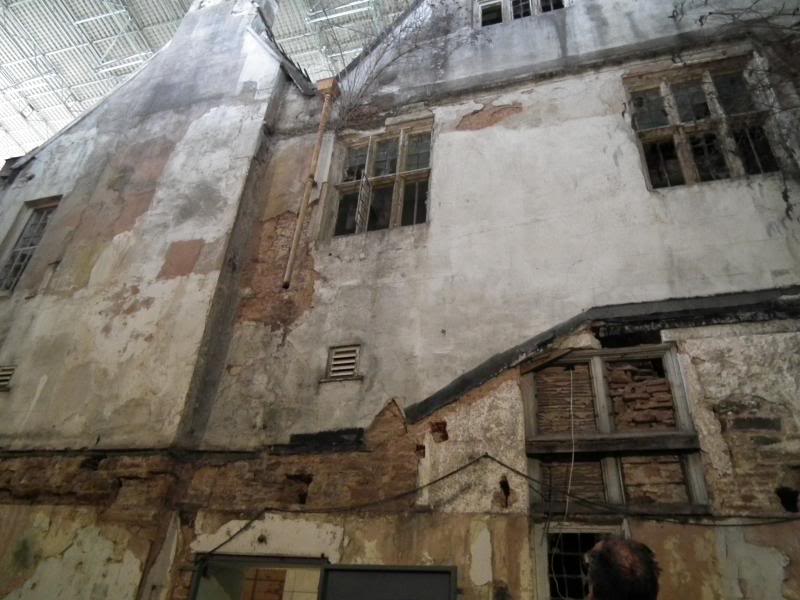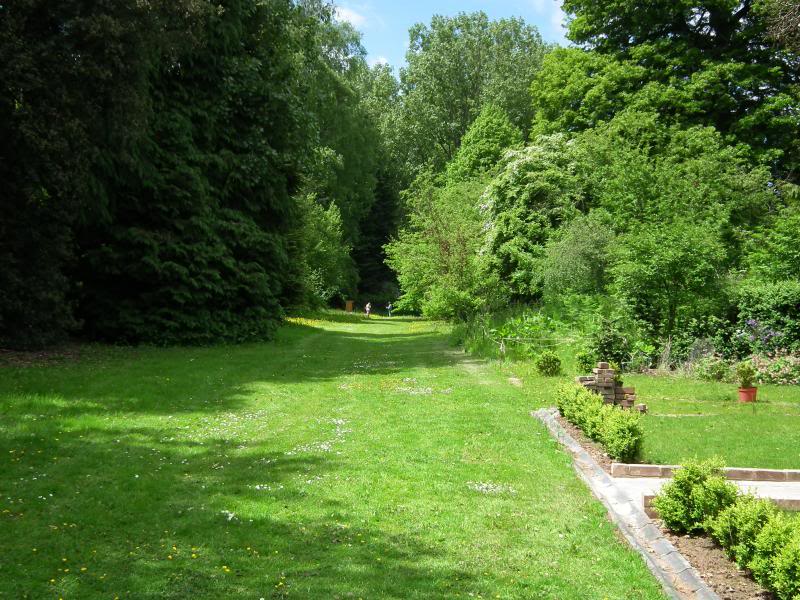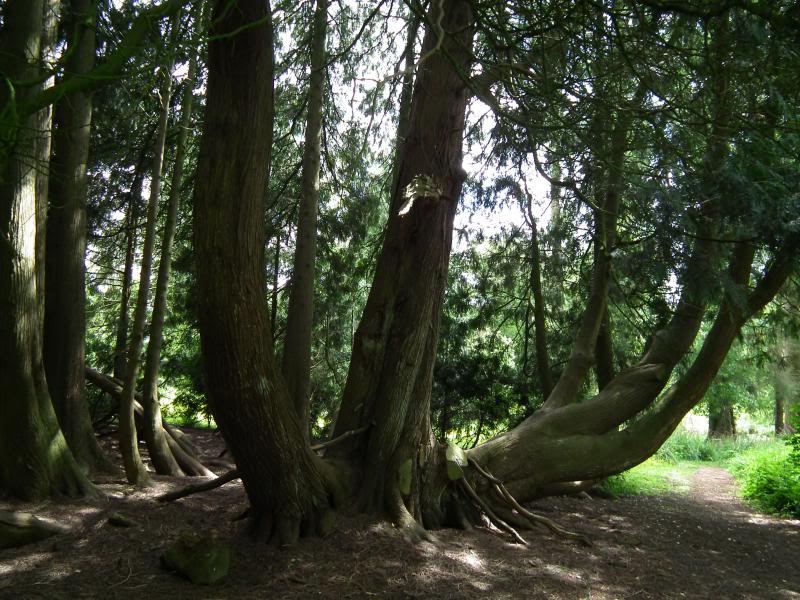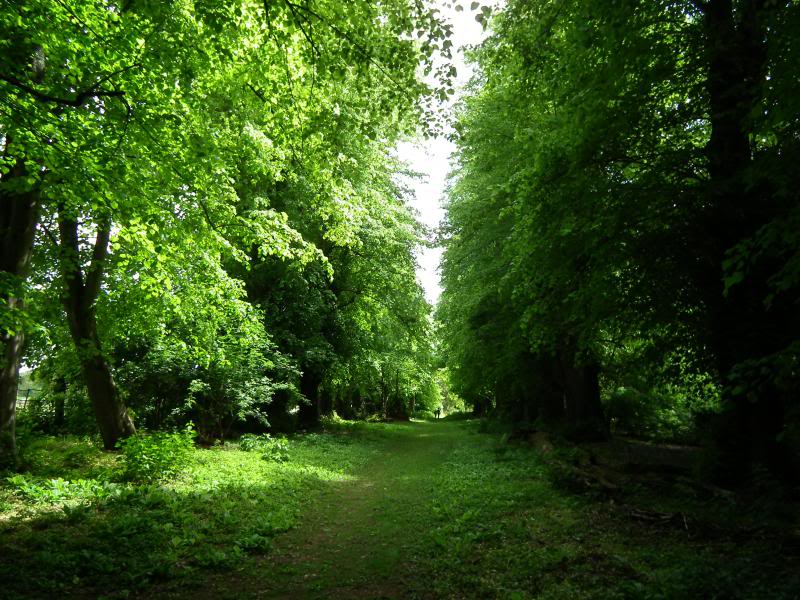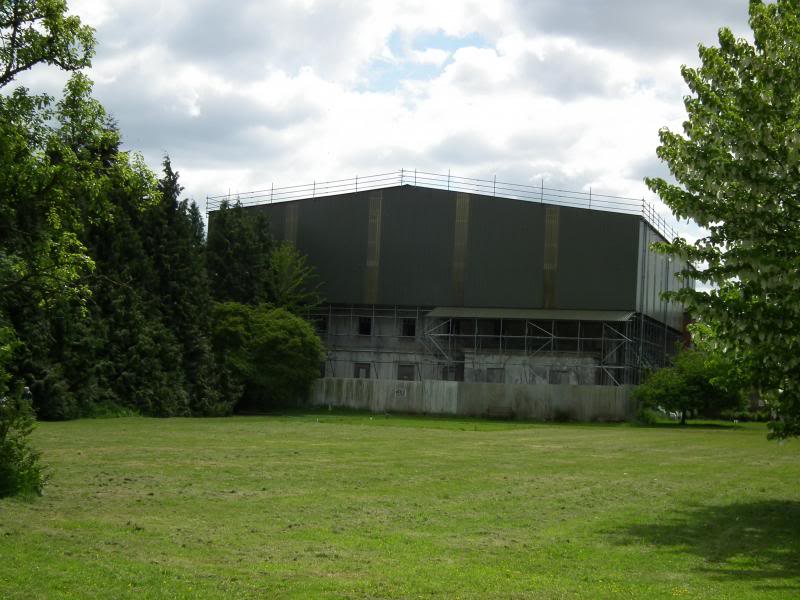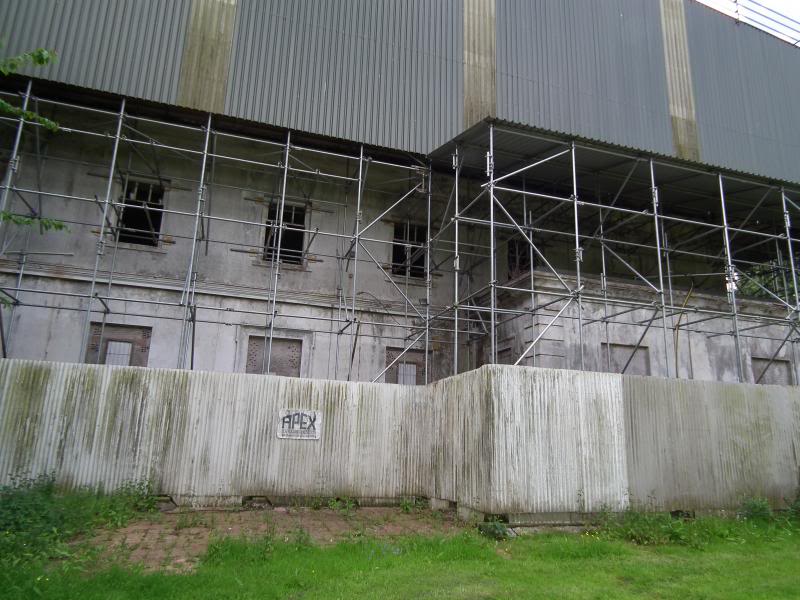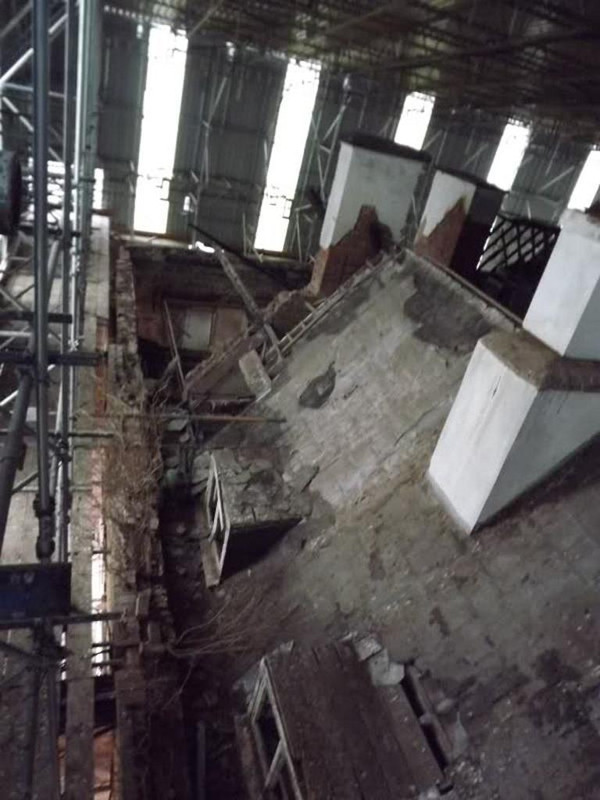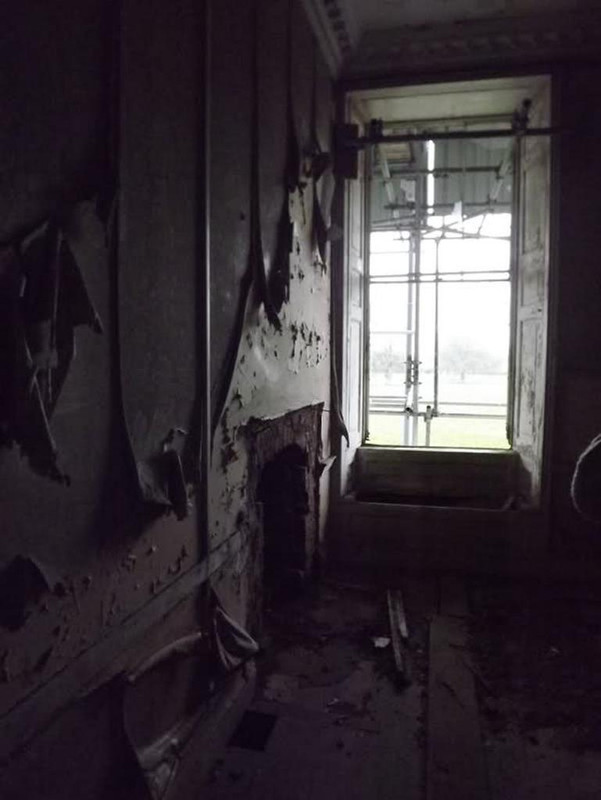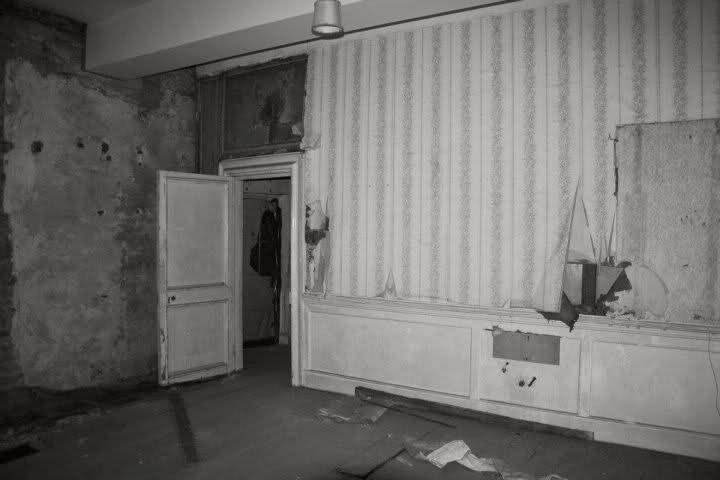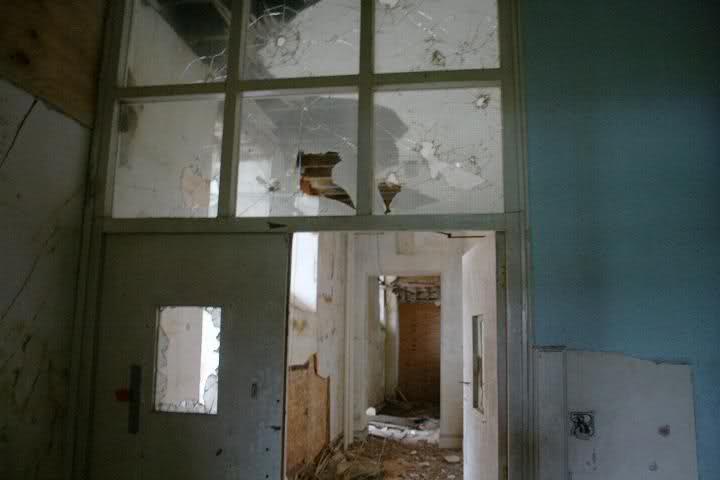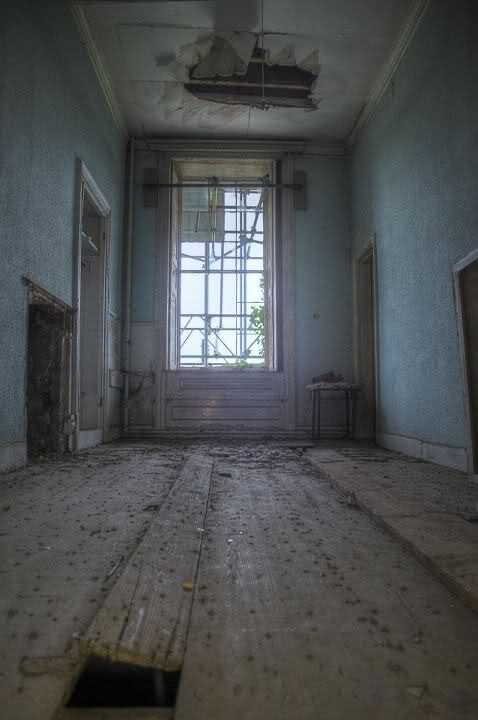Post by Dave on Jun 2, 2013 17:55:07 GMT
Poltimore House Near Exeter
When you have lived here for so long its hard to find something new to do and I really wanted to go out today as I stayed in all day yesterday. A quick search of the internet and I found out that Poltimore House near Exeter had an open day from 12pm until 4pm. I had never heard of this house and after checking out their website, I soon learned this once great house was in ruins so to speak. Yet it was in use right up to 1987 and what has happened to it since that year is nothing more than a crime. But the good news is the house does have friends and one day it might end up fully restored to its former glory.
When I told Lyn where we were going and a little about the house the look on her face told me she felt it might be something she would not enjoy. In fact when we parked the car on the grass car parking area close to the house and she got her first sighting of it, she said would I mind if I looked at it on my own. But she had a change of heart and once inside what parts you can go in, she was listening to every word that came out of the guide’s mouth and afterwards told me she so much enjoyed the afternoon and was glad I took her there.
Poltimore House was one of the great historic estates of the county. For five centuries it was home to the Bampfylde family. The Bampfylde family were bequeathed the manor of Poltimore in 1298 by William Pontyngton, a canon of Exeter Cathedral. There is no record of where the early manor house was located, but it is believed to have been situated in or near the village. There is no evidence of a previous house having occupied the site of the present one. Poltimore House was built by Richard Bampfylde (d.1595), who started the works in 1550. there is no record of when the house was completed, although when Richard died in 1595, he bequeathed the house to his son, Amyas Bampfylde (d.1626), in his will. As Richard had been appointedSheriff of Devon in 1576, it is likely that his grand house was complete by then. Two wings of his original house can still be seen in the present building. It is not known what form the original house took, whether it was just these two wings forming an "L", or if there was a third or even a fourth wing forming a courtyard in the middle. Later members of the family added to the building, the last major building works having been in 1908.
It was occupied by the Bampfylde family until 1920, when it was offered for sale with its grounds and estate. The estate was sold but not the house and grounds, which were then leased to house Poltimore College, a girls' school which closed in 1939. In 1940 the boys from Dover College were evacuated to Poltimore House. The House became a private hospital in 1945 which was taken over by the National Health Service when it came into existence in 1948. It closed as a hospital in 1974. By this time due to the NHS selling of most of the grounds, the estate was reduced to just 13 acres.
The NHS were guilty of causing a great deal of vandalism to the building by taking down a number of the ceilings, but one room of interest in the house is the operating theatre and open heart surgery and many other complicated operations were carried out in that room.
They sold the building in 1975 and it was then used as a nursing home, but the owner ended up going bust, I believe this was around early 1987. the house was empty and later that year a fire destroyed the former ballroom wing. The fire was set deliberately and it was thought at the time it may have been set by someone holding some sort of grudge.
From then on it became increasingly derelict, neglected and vandalised, slipping rapidly into decay. So much was stolen from the house from fire places, to lead and copper pipes and yes all the lead up on the roof. The local kids used it as a play den and smashed every single window and with rain pouring in through the roof and windows, the house soon became very damaged. It is hard to believe seeing the state the house is in now, that it was in use only 26 years ago, but then Who knows what state it might have been in then if no repairs had been carried out on it for a number of years.
The house ended up the property of the Crown, but they did not want to pay the bank the one million pounds owing on the mortgage. In the end the bank realised it was never going to get its money and sold it to the Poltimore House Trust for £40.000.
Thankfully due to efforts from English Heritage, East Devon District Council and eventually the Buildings at Risk Trust saved this once great house from destruction and since 2000, with its acquisition by the Poltimore House Trust, with the aid of East Devon District Council, its future has looked more secure.
BBC2's Restoration programme in 2003 brought Poltimore to national attention. Even though it won only the competition in the South West, and missed out on the prize money, it attracted a large following of loyal Friends, who formed a separate Charity,Friends of Poltimore House, in 2004 to support the House and its restoration. In 2005 English Heritage supported the costs of the great scaffold and top hat tin roof to protect it from rain and wind. English Heritage followed this generous support with a grant of £500,000 to start the process of renewing the roof. Further grants have been achieved and support from more organisations and volunteers is bringing new life to the project. The historic house has attracted many people and groups over recent years. The enthusiasm for finding a solution to Poltimore House and its grounds continues and the many-stranded project continues to develop and grow. Poltimore House Trust and its supporters are working hard to enable the long journey back to life again.
One of the best bits for Lyn and I was standing in the courtyard, its amazing and yet we both felt a chill run down our backs and when you are in the house you end up feeling very cold.
Poltimore House Trust published its Strategic Business Plan in 2009. It is based on an ambitious vision. By 2019 the Plan states that the renovated Poltimore House will have become:
• A showcase for the Arts and Creative Industries: a venue for arts, crafts, media companies, filmmakers and software developers.
• A home for Creative Entrepreneurs: high-specification workspaces, hot-desking and studios with excellent communications.
• The Poltimore Forum: high-profile lectures, workshops and mentoring sessions will bring leading-edge thinkers to the South West.
• The Club at Poltimore House: a meeting venue for the region with super-equipped meeting spaces for briefings, networking and research.
• Intensive innovation: exposing new thinking, practice, learning, skills: linking academia, heritage, industry, technology and the arts.
• A different day out: Poltimore House will attract visitors seeking inspiration, skills and learning, networks, relaxation and fun.
This range of projects is designed to bring Poltimore House and its grounds back to use as an important resource for local and regional businesses, arts and the community.
The house is only open on some Sundays and it only costs £3 per a person to view the house and walk around what is left of the grounds. There are so many events held there during the year but they are not cheap and some cost as much as £48 for two adults with two children.
While very little work seems to have been carried out on the house, I was told it was in such a bad state and the progress has not happened as fast as was hoped. It looks a very ambitious project and you can’t help feeling that it might take so many years before its ever finished if at all. I was also told that when it is finished it is likely to have offices in it and a conference centre and that then pubic access to the building would be very limited
The house as it once looked

